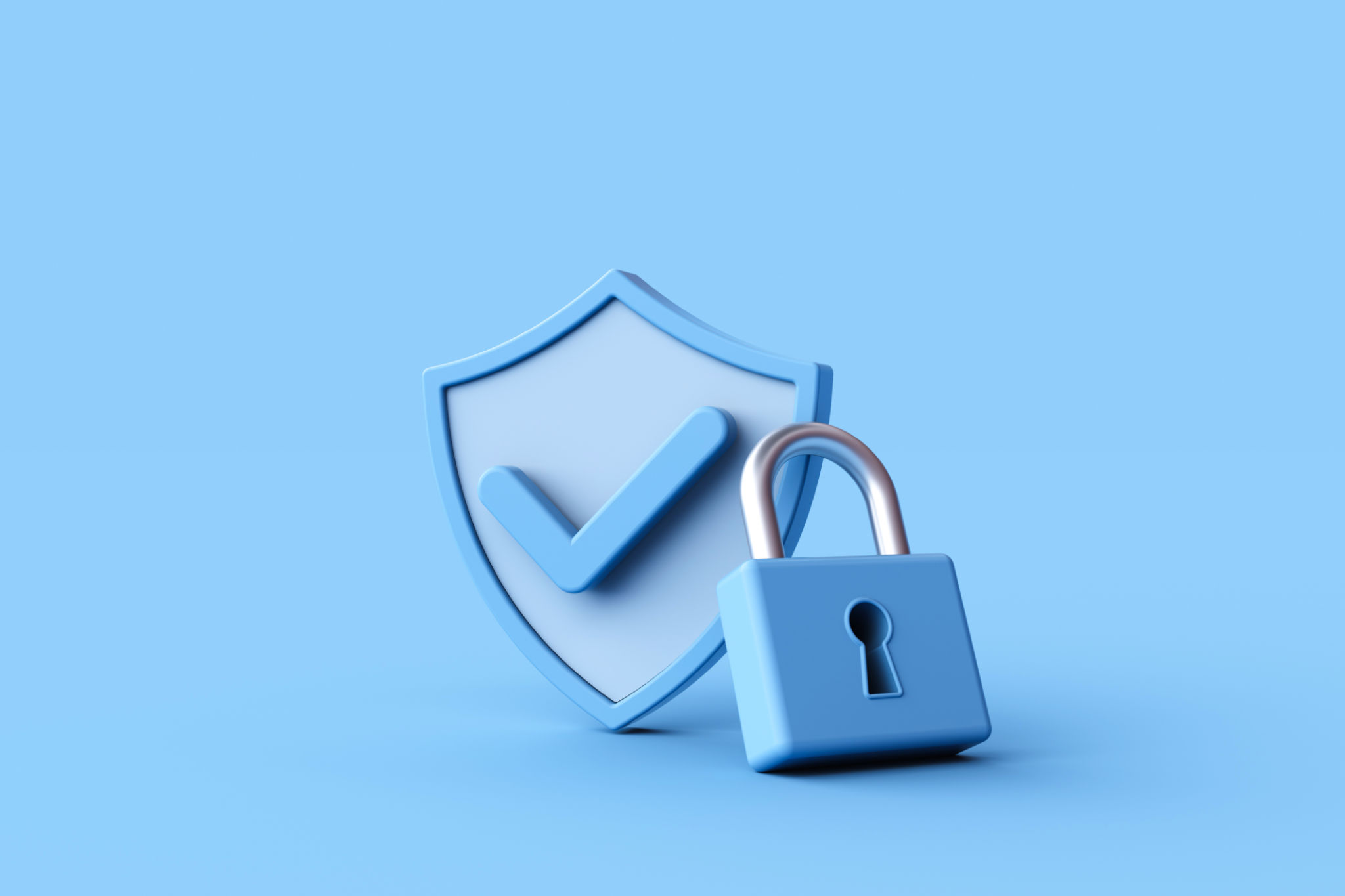A Step-by-Step Guide to Implementing Messenger-Based Authentication
Introduction to Messenger-Based Authentication
In today's digital age, ensuring secure and seamless user experiences is paramount for businesses. One innovative way to enhance security is through messenger-based authentication, which leverages popular messaging platforms for verifying user identities. This approach not only enhances security but also improves user convenience, as it eliminates the need for complex passwords.
Messenger-based authentication integrates easily with platforms like WhatsApp, Facebook Messenger, and Telegram, offering a familiar interface for users. By implementing this method, businesses can ensure a higher level of engagement and trust with their customers.

Understanding the Basics
What Is Messenger-Based Authentication?
Messenger-based authentication is a process where user verification is conducted through a messaging platform. This method involves sending a one-time code or link to the user's registered messaging account, which they must use to authenticate their identity. This method is not only secure but also user-friendly, as it leverages platforms that users are already familiar with.
Benefits of Messenger-Based Authentication
There are several advantages to implementing messenger-based authentication:
- Enhanced Security: By using a separate communication channel, this method reduces the risk of phishing and other cyber threats.
- User Convenience: Users can authenticate quickly without the need to remember complex passwords.
- Increased Engagement: Businesses can utilize the messaging platform for further engagement opportunities after authentication.

Setting Up Messenger-Based Authentication
Step 1: Choose the Right Messaging Platform
The first step in implementing messenger-based authentication is selecting the appropriate messaging platform. Consider factors such as your target audience, regional popularity, and integration capabilities. Popular choices include WhatsApp, Facebook Messenger, and Telegram.
Step 2: Integrate with Your System
After selecting a platform, integrate it with your existing systems. This typically involves using an API to connect your application with the messaging service. Ensure that the integration supports sending and receiving messages securely and efficiently.
Step 3: Develop Verification Logic
Next, develop the logic for sending verification codes or links. This often includes generating a unique code that expires after a set period. You must also create a process for verifying the code once it is entered by the user.

Testing and Deployment
Step 4: Test Thoroughly
Before deploying your solution, conduct extensive testing to ensure that all components work seamlessly together. Test for potential issues such as delayed messages or incorrect code validation to provide a smooth user experience.
Step 5: Deploy and Monitor
Once testing is complete, deploy your messenger-based authentication system. After deployment, continuously monitor its performance and gather user feedback to make necessary adjustments. Regular monitoring helps maintain security and improve user satisfaction.
Implementing messenger-based authentication can significantly enhance your security framework while providing users with a convenient and familiar way to authenticate their identities. By following this step-by-step guide, businesses can create a robust system that fosters trust and reliability among customers.